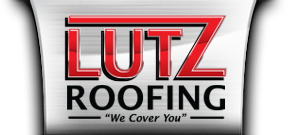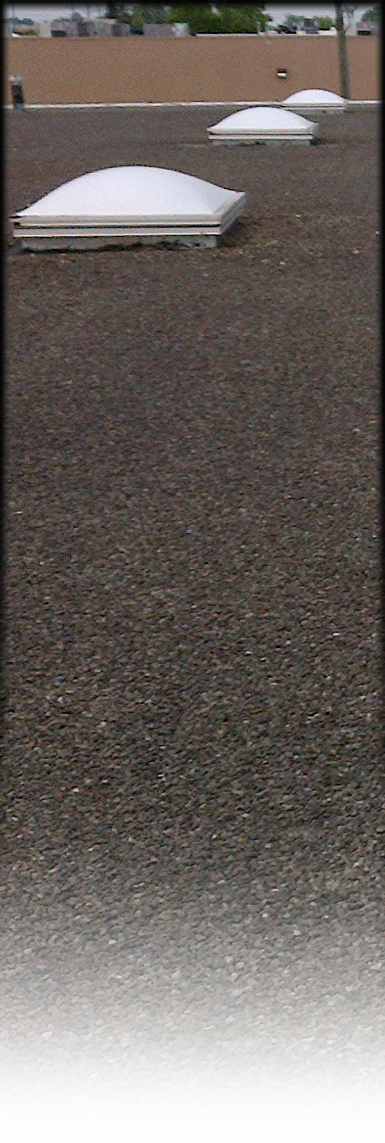A built-up roof is essentially a traditional tar application. Built-up roofs have a track record which exceeds 150 years, and to this day, a tar and gravel roof may be the most dependable roof system on the market. Unlike single-ply roofs, which utilize a 3”-7” seam, a built-up roof assembly results in a monolithic system comprised of alternating layers of tar and felt paper. When done properly, there is very little chance of a nuisance roof leak developing with a built-up roof.
Built-up roofs have been losing significant market share over the last twenty years however, and now represent less than 20% of the re-roofing market. The reasons for their decline are cost, odor, and the perception that tar roofs are out-dated.
A built-up roof requires far more labor than a single-ply system. Also, the cost of tar has gone up over 300% in the last several years due to economic changes in the oil refining system. Coal-tar pitch, which is a derivative of coal has almost completely phased out of the market place. For years, a coal-tar pitch roof was regarded as the best roof system in the market due to the fact that coal tar is impervious to ponding water, and the material has a low melting point. As coal tar declines in use, most built-up roofs today are comprised from the asphalt which is produced from crude oil.
In most cases, the asphalt is heated in a tar kettle and then pumped onto the roof in a hot, liquid state. This process can result in a pungent odor, which is also why built-up roofs have lost market share. It should be noted that there are now additives in the market which can change the odor to a more pleasant smell. There are no studies to our knowledge, which correlate the fumes of asphalt to any adverse long-term health condition(s).
Built-up roofs are used on heavy traffic roofs which require the durability of 3 – 4 layers of felt paper embedded in the tar material. Built-up roofs are also used on buildings which are sensitive to any type of water leakage. As stated, a built-up roof is the least likely to leak over a twenty-year plus life cycle. We tend to use built-up roofs on industrial plants, hospitals, and public buildings such as schools.
It should be noted that built-up roofs can now be applied with a cold material which does not have the strong odor associated with a tar kettle. This option is a viable solution on buildings which are more suited for a built-up roof, yet cannot withstand the nuisances associated with a tar kettle.
If asked the question, “Which roof system will last the longest without any leaks,” our answer would be a built-up roof. Unfortunately, a built-up roof can cost 50% or more than a single-ply system, and there are more nuisance issues associated with the application. Also, the perception that tar kettles are not environmentally-friendly, could lead to further declines in market share for this long-standing flat roof application.







